
A private lawn in a dacha or backyard is a cozy place to relax, clean, well—groomed, pleasing to the eye territory, prestige, finally. Gardeners often assume that it is worth trying only once to arrange everything correctly — and then it will be enough only to cut the overgrown grass with a mower from time to time. Unfortunately, this is not the case. The lawn needs much more attention, and throughout the season, otherwise problems are inevitable. Let’s consider what troubles can lie in wait for the owner of the emerald lawn.
1. Weeds
By and large, what is considered weeds and what is not is a moot point. If you have created a parterre lawn, then any admixture on it will look terrible. If your lawn has a more democratic character, then you can not take the appearance of “aliens” so seriously. However, there are plants that do not belong on any lawn.
First of all, it is a dandelion. It is especially annoying on a young lawn, because, firstly, the seeds of this plant, which have fallen into the soil even before sowing grass, can germinate for several years. And secondly, while the lawn has not yet entered full force, has not condensed, dandelion umbrellas, carried by the wind, easily take root between the blades of grass. Also, Poa pratensis, clover, creeping plants (woodlice, midge, blackhead, convolvulus), plantain and others cause a lot of trouble.
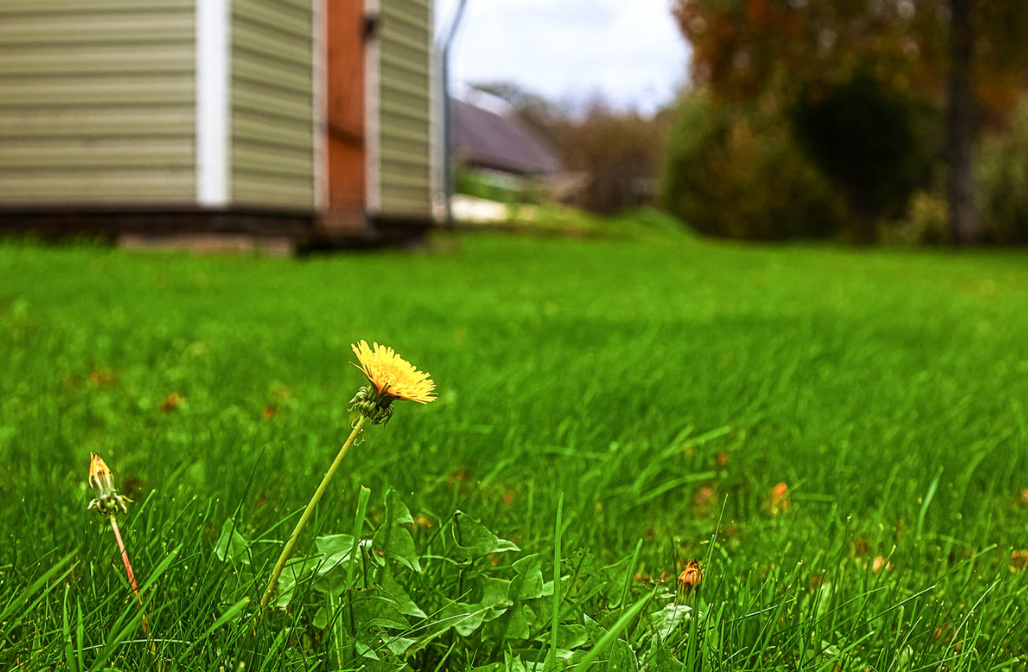
Undoubtedly, it is easier to prevent this problem than to solve it later. Therefore, thoroughly cleaned land before sowing lawn grass, high—quality, without impurities, seeds are the key to a homogeneous lawn. On a ready-made lawn, weeds can be combated by carefully weeding them out manually, as well as by chemical method, using selective herbicides. Gradually remove unwanted plants from the lawn and timely mowing of grass will help. To get rid of woodlice, mountaineer, loaches, it is advisable to raise the grass with a rake before cutting, and then cut it short enough, setting the mowing height 4-5 cm.
Moss
Moss can also be considered a weed plant with practically no roots. Favorable conditions for the spread of bryophytes are the following:
- shade,
- high humidity,
- acidic soil reaction,
- lack of nutrients and oxygen,
- low mowing of grass.
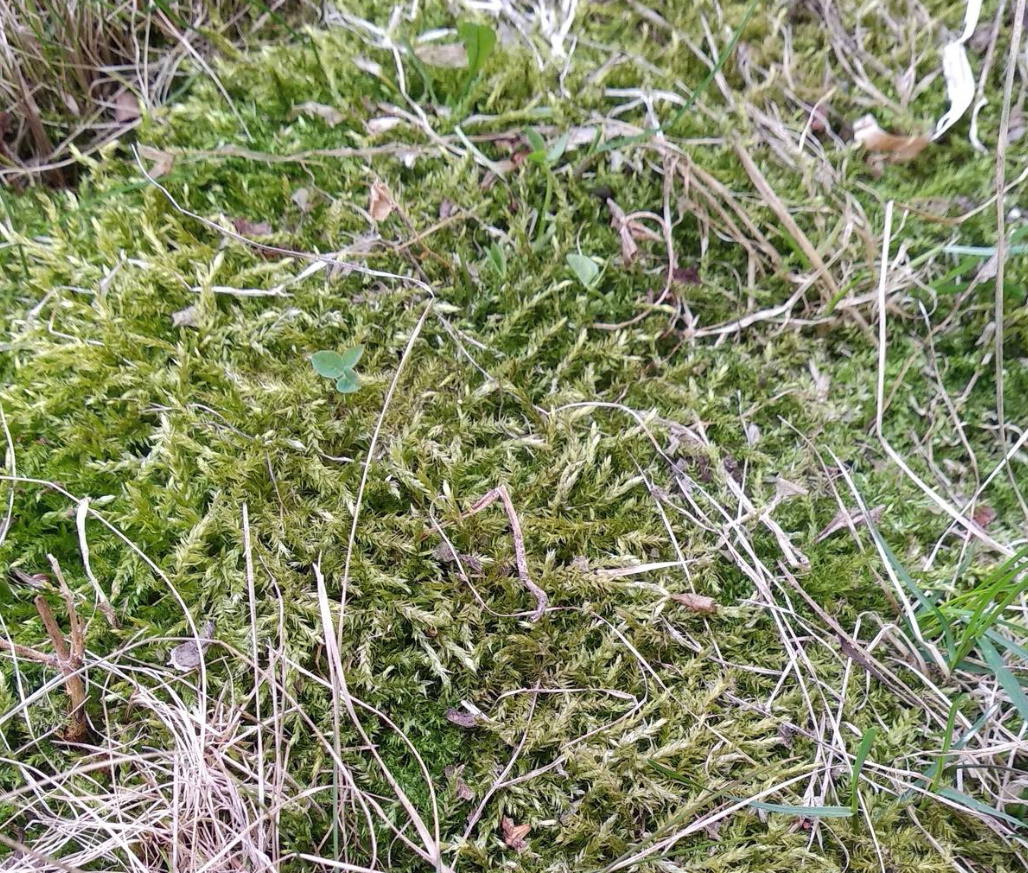
Accordingly, you can get rid of moss by changing the conditions to the opposite. For example, in the fight against bryophytes, lawn aeration works perfectly, as well as liming (reducing the acidity) of the soil. For semi-shaded places, you need to buy special mixtures of herbs that feel good in low light (remember that in full shade no lawn is able to form a full-fledged turf). The drainage device and the formation of a small slope of the surface help to reduce humidity. It is better to take care of this even when preparing a place for sowing a lawn.
2. Moles and company
Moles cause significant damage to the lawn, so the best option is to know in advance, even before the lawn is installed, whether there is such a problem with neighbors. If these animals are found in the vicinity, then there is a very high probability that your lawn will attract them. In this case, when preparing the site, the top layer of earth (about 10 cm) is removed, a strong mesh is laid and the soil is returned to its place. This operation gives an absolute guarantee of protection from moles, although it complicates and increases the cost of work on the arrangement of the green lawn.
But when you find yourself in front of the fact, that is, you find molehills on your well-groomed lawn, you need to declare war on the aliens immediately.

However, it is important not only to remove the cause of the problem, but also to restore the lawn. To do this, you first need to remove the piles of earth, find a mole passage and fill it with soil, tamping as much as possible. Then you need to sow the seeds of the same grass mixture that your lawn consists of and water it. With favorable weather, such “procedures” quickly take root.
You need to know that not only moles, but also crickets, bears and some other insects can leave passages in the lawn. The damage from them is not so great, but when there are a lot of minks, it looks ugly. You can get rid of such pests with the help of special means from the bear. Worms also often create problems, leaving behind small earthen bumps. With a large number of those, it is necessary to level them.
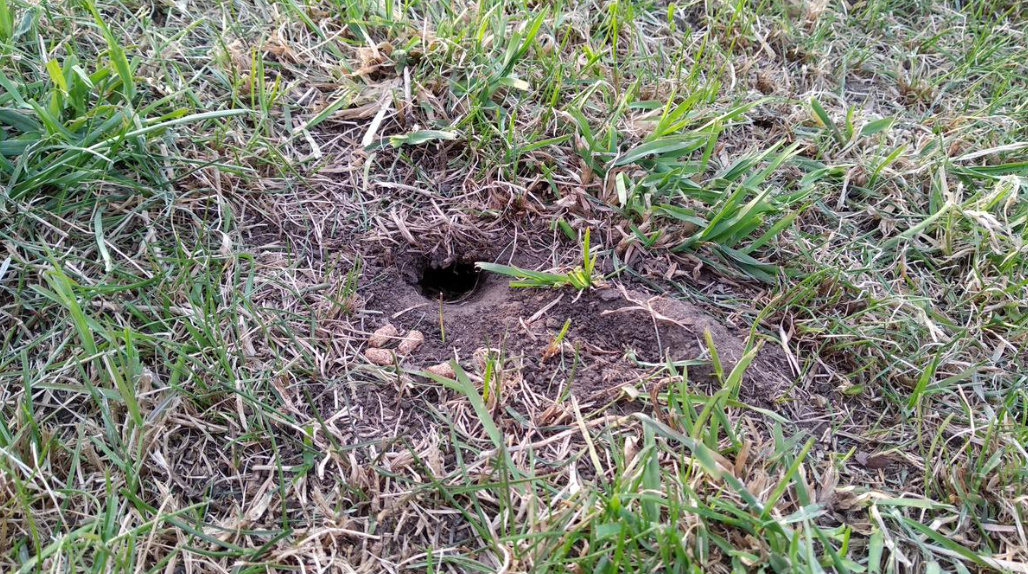
Ordinary ants also spoil the lawn, bringing the soil to the surface and arranging loose piles. It is better to deal with them with drugs that dissolve in water. In no case do not use boiling water from ants on the lawn: the grass will be irretrievably spoiled.
3. Bald spots
A problem that greatly spoils the appearance. If there are a lot of bald spots, they look like ulcers on a general green background. There are several reasons that lead to the appearance of dry yellow islets.
- Sloppy fertilizer. Any mineral fertilizer (whether you bought a ready—made complex or made it yourself) is a concentrate. With excessive or uneven application, a real chemical burn can occur.
- Insufficient or untimely watering. The grass should be irrigated regularly and during low sun, that is, early in the morning or in the evening. All kinds of sprinklers are ideal, the main thing is to place them in such a way that there are no so—called dead zones.
- Diseases. As a rule, they are fungal in nature. The most common is fusarium, specialized fungicides are used to combat it. Laetisaria fuciformis is also common. It is distinguished by the pink color of bald spots, chlorothalonil is used for its treatment.
- Objects left on the surface. The lawn may be covered with bald spots after a long rest on the grass, garbage left, leaves not removed in a timely manner.
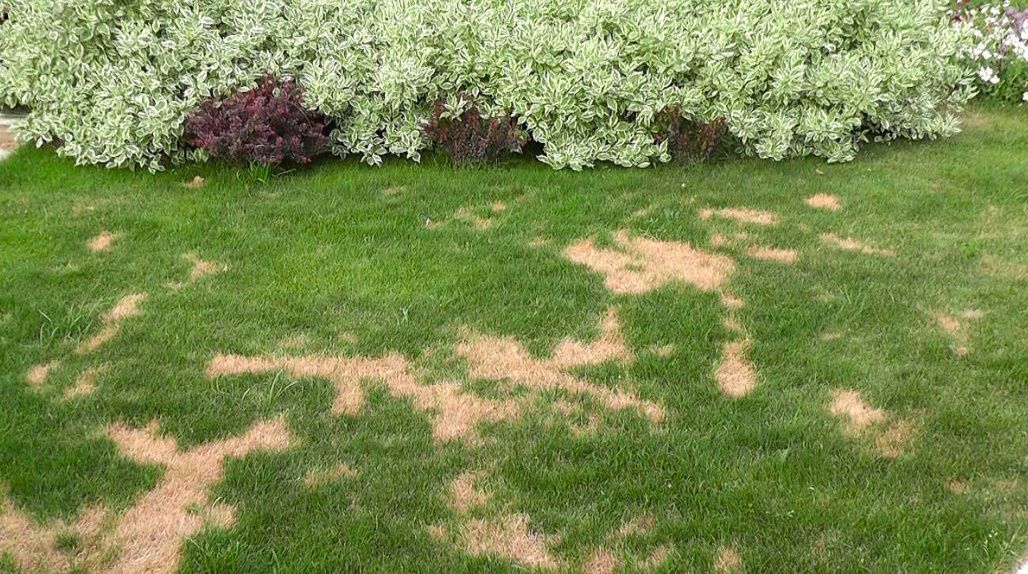
It should be noted that the first means of preventing bald spots on the lawn is careful care. Regular watering, balanced fertilization, competent mowing, combing, aeration and scarification 1-2 times a year — these are the main operations.
With the help of combing, the so—called felt is removed – a mass of dead shoots that does not allow moisture and fertilizing to penetrate to the roots. Aeration allows the lawn to breathe, scarification stimulates the growth of new shoots. These procedures can be performed manually with the help of fan rakes and special sandals with spikes or with the involvement of modern technology, which will facilitate the work and significantly improve the quality of processing.
The compact and powerful electric scarifier Husqvarna S 138C removes both dry felt and moss and aerates the soil. All these operations are possible thanks to the simple replacement of the working mechanism with spring teeth with a mechanism with knives, as well as adjusting the depth of penetration of knives into the soil. The processing width is 37.5 cm, plant residues fall into the grass collector. Its battery analog, the Husqvarna S 138i scarifier, has the same functionality. Only it has additional advantages: it is almost silent and is not connected to the outlet by a wire. In addition, you can install two batteries to increase the battery life without recharging.
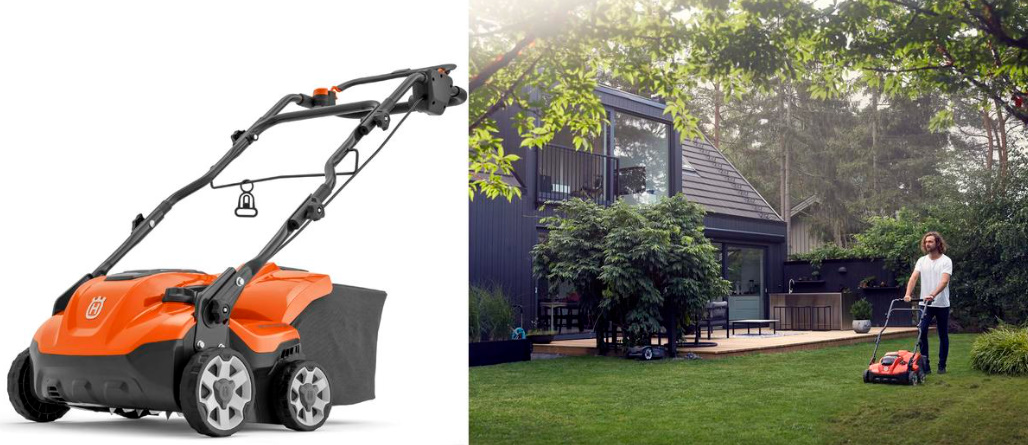
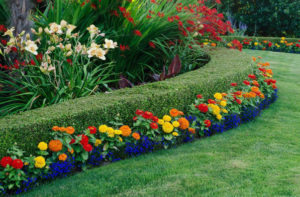
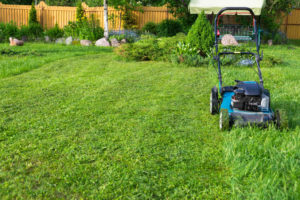
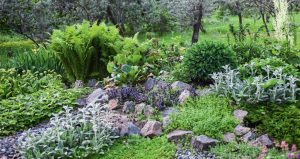
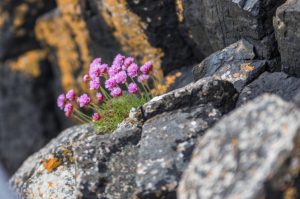
Leave a Reply